| # NAME | Calories per 100g |
|---|---|
| 199 cal | |
| 322 cal | |
| 327 cal | |
| 329 cals | |
| 337 cals | |
| 338 Cals | |
| 339 cals | |
| 345 cals | |
| 347 cals | |
| 349 cal |
Flour is common in many recipes, but it can be pretty high in calories.
The good news is there are low calorie, nutrient-rich flour alternatives that suit a calorie-conscious diet.
This article covers 10 low-calorie flours, their health benefits, and how to use them in cooking.
- Low calorie, doesn’t always mean nutrient-dense.
- There are many flour subs that offer great health benefits.
- You may need to play with ratios in baking or combine flours in some recipes to get the consistency right.
- The calorie and nutrient content varies from one brand to the next, so refer to the nutritional information on the packaging.
The Best Low Calorie Flour / Flour Substitutes 👍🏻
Seriously Low Carb Self Raising Flour
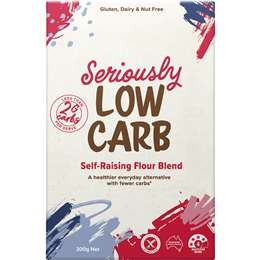
Calories per 100g: 199 cal
Seriously Low Carb Self Raising Flour, with sweet potato and coconut flour, is a gluten-free and low-calorie alternative to traditional flour, offering just 119 calories per 100g. It’s low in carbs, high in fibre, but being refined, it contains guar gum, xylitol, and psyllium husk, which may upset some stomachs.
Lupin Flour
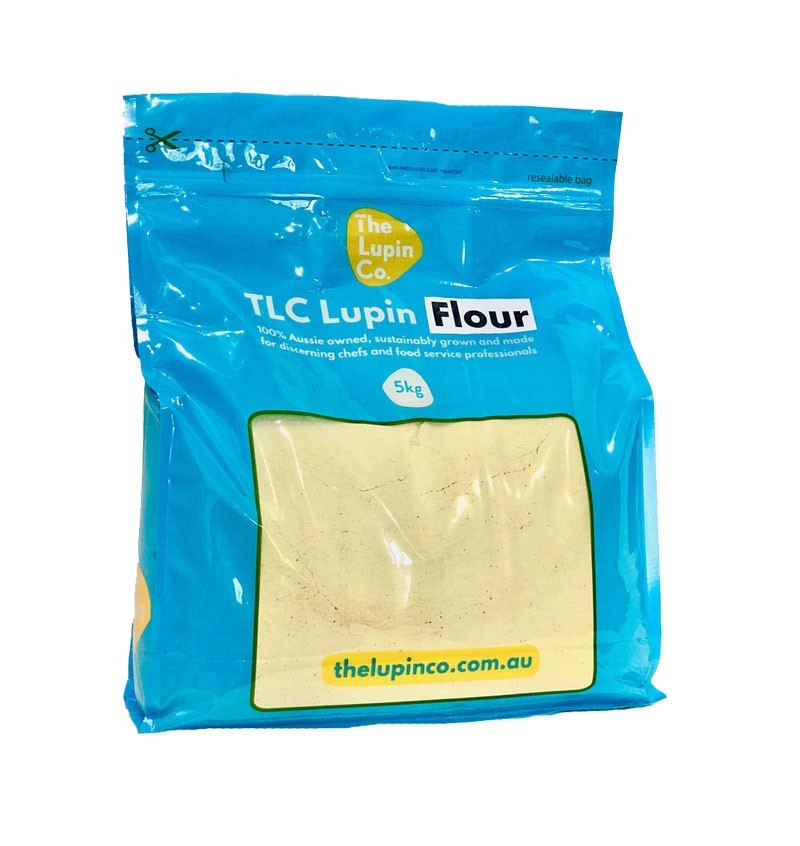
Calories per 100g: 322 cal
Lupin is a member of the legume family and is a great low-calorie flour substitute at 322 calories per 100g. It’s also gluten-free, high in protein and a great source of dietary fibre. It can be used for baking but is better used in combination with another flour or flour substitute such as 1/2 lupin, 1/2 almond flour.
Macro Organic Australian Wholemeal Plain Flour
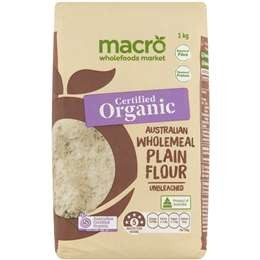
Calories per 100g: 327 cal
Unbleached and made with 100% whole grains, it retains more nutrients than white flour. Suitable for both sweet and savoury baking. Allergen: wheat, gluten.
Macro Organic Buckwheat Flour
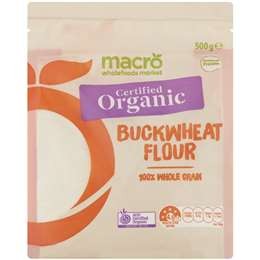
Calories per 100g: 329 cals
High in fibre, protein, copper, and magnesium, and gluten-free. Made from seeds, it’s good on its own or mixed with other flours.
Mckenzie’s Wholemeal Spelt Flour
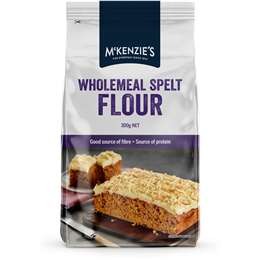
Calories per 100g: 337 cals
Easier to digest with weaker gluten and higher fibre. It’s an ancient grain with a nutty taste, rich in protein, iron, and zinc. Allergen: wheat, gluten.
Green Banana Flour
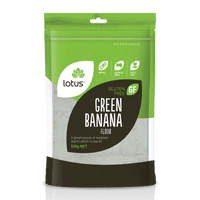
Calories per 100g: 338 Cals
High in resistant starch for blood sugar and gut health, best raw in smoothies or as a gluten-free baking flour.
Vetta Smart Protein Plain Flour
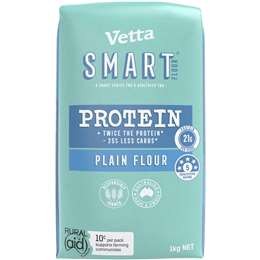
Calories per 100g: 339 cals
Higher in protein and fibre but others may have better nutrient profiles. Australian-made and supports rural initiatives. Allergen: wheat, gluten.
Cassava Flour
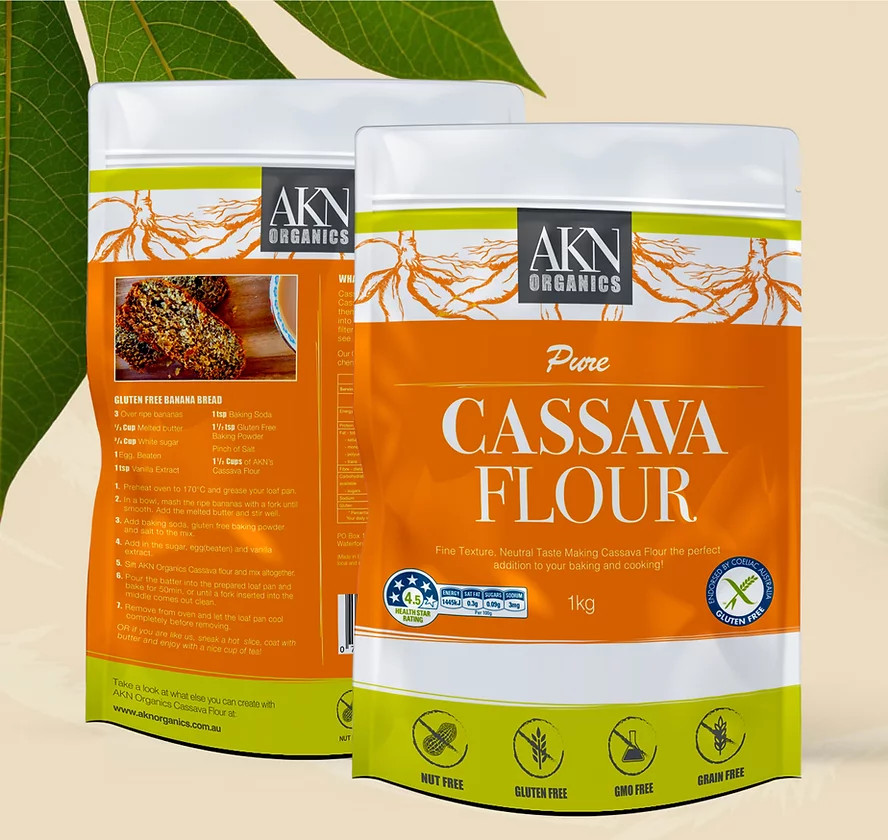
Calories per 100g: 345 cals
Cassava flour is another flour alternative that contains resistant starch that feeds your gut bacteria. Made from the root vegetable, cassava flour can be used as a gluten-free substitute to flours in baking or cooking. It’s also grain-free to
The Healthy Baker Plain Flour Easy Store
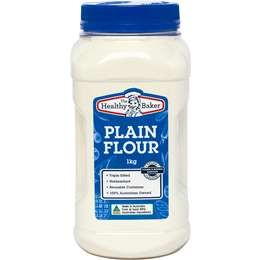
Calories per 100g: 347 cals
Wheat-based, enriched with thiamine and folate, moderate in calories but low in nutrients. Allergen: wheat, gluten.
Coco Earth Lentil Flour
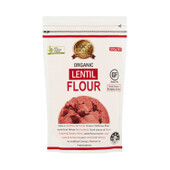
Calories per 100g: 349 cal
Nutrient-rich, gluten-free, and wheat-free. Suitable for both sweet and savoury dishes, but has a slightly bitter taste. High FODMAP.
What is Low-Calorie Flour? 🤔
Low-calorie flour simply means it’s lower in calories than other flour products on the market.
We all have different calorie needs, the term “low-calorie” will have a different definition for you than it does for me.
If you frequently count calories, you may be tempted to shy away from flour altogether. However, if you still want to enjoy foods with flour while counting calories, there is likely a low calorie flour out there for you.
E.g. The Seriously Low Carb plain flour only contains 199 calories per 100g.
Is Low Calorie Flour a Healthier Option? 🍎
Not necessarily. Calories aren’t the only measure of a food’s healthiness. While low-calorie flours exist, they may lack nutrients.
For instance:
- White flour has fewer calories than almond flour but doesn’t offer as much protein, healthy fats, or fibre.
- Almond flour is also packed with nutrients like magnesium and vitamin E but is higher in calories.
- Refined flours often have added synthetic nutrients, which don’t match the natural nutrition lost in processing.
It’s important to consider a food’s overall nutrient content, not just calories
Lower in calories is not always better for you. When choosing a flour, take into account the entire nutrient profile of the product. Is it highly refined? Does it have a good amount of protein and fibre? Does it contain micronutrients?
Low Calorie Flour FAQs
What is a low calorie replacement for flour?
What can replace flour in a diet?
Several alternatives can replace flour in a diet, such as almond flour, coconut flour, chickpea flour, and oat flour. These substitutes offer different nutritional profiles and flavors, suitable for various dietary needs and preferences.
Can I eat flour and lose weight?
Yes, you can eat flour and still lose weight. The key is moderation and choosing healthier flour options when possible. Integrating whole grain or nut-based flours like whole wheat, almond, or coconut flour can be more nutritious and satisfying. Also, balancing flour intake with a diet rich in fruits, vegetables, protein, and healthy fats, along with regular exercise, is essential for effective weight loss. Remember, it’s about the overall quality and quantity of your diet, not just one ingredient.













